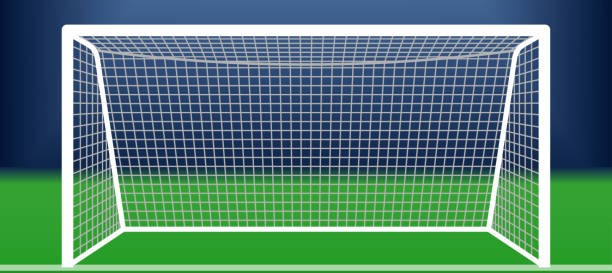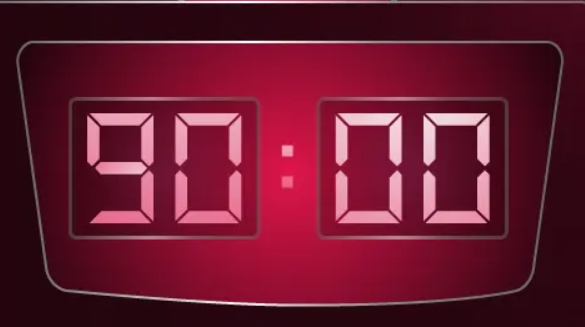













GAME DURATION.

The game duration in football is standardized across most levels of play, with the match divided into two halves. However,
certain factors, like stoppage time, extra time, and penalty shootouts, can affect the overall length. Here’s a detailed
explanation of football’s game duration:
Regular Match Duration:
-
▫ A standard football match lasts 90 minutes, divided into two 45-minute halves.
▫ There is a 15-minute halftime break between the two halves.
Stoppage Time (Injury Time):
-
At the end of each half, the referee adds stoppage time (also called injury time) to account for delays during the match, such as:
▫ Injuries that caused the game to pause.
▫ Substitutions, which slow the game.
▫ Time spent on goal celebrations or other stoppages (e.g., checking VAR decisions).
▫ The amount of stoppage time added is determined by the referee and is typically between 1-6 minutes, depending on how many interruptions occurred. Stoppage time is indicated by the fourth official holding up a board at the end of each half.
Extra Time (Overtime):
-
▫ If the match is part of a knockout tournament and ends in a draw after 90 minutes, it may go into extra time (also known as overtime).
▫ Extra time consists of two 15-minute halves (30 minutes total). There is usually a short break of about 1-2 minutes between the halves of extra time.
▫ If the score is still tied after extra time, the match may proceed to a penalty shootout to determine the winner.
Penalty Shootout:
-
▫ If the match remains tied after extra time in a knockout competition, a penalty shootout is used to decide the winner.
▫ Each team takes turns shooting from the penalty spot, and the team with the most goals after five attempts (per team) wins.
▫ If the shootout is tied after five rounds, it continues on a "goal-for-goal" basis, with the teams taking shots alternately,
and the one that scores a goal unmatched by the other team is declared the winner.
Golden Goal & Silver Goal (Historical Rules):
-
▫ In some older competitions, extra time used to follow the golden goal rule, where the first team to score in extra time won the match immediately.
▫ Another past variation was the silver goal rule, where the team leading at the end of the first half of extra time would win the match.
▫ Both rules have been largely discontinued, and modern football usually plays the full 30 minutes of extra time.
Youth and Amateur Matches:
-
▫ Youth football matches typically have shorter halves depending on the age group. For example, younger age groups might play 30- or 40-minute halves.
▫ Amateur leagues may also modify the game duration to fit their schedules, but the basic structure of two halves remains consistent.
Halftime Break:
-
▫ The halftime break lasts for 15 minutes, during which teams rest, receive instructions from their coach, and make adjustments for the second half.
Delays & Suspensions:
-
▫ Matches can be temporarily delayed or suspended due to extreme weather, serious injuries, or safety concerns in the stadium. If the delay is long, the referee may adjust the added stoppage time or restart the match later.
Summary:
-
▫ A regular football match lasts 90 minutes (two 45-minute halves) with a 15-minute halftime.
▫ Stoppage time is added at the end of each half to make up for delays.
▫ In knockout games, if the match is tied after 90 minutes, it goes to extra time (two 15-minute halves), and if still tied, to a penalty shootout.
The game’s duration ensures a balance between playing time and strategic rest while allowing for interruptions during the match.




























